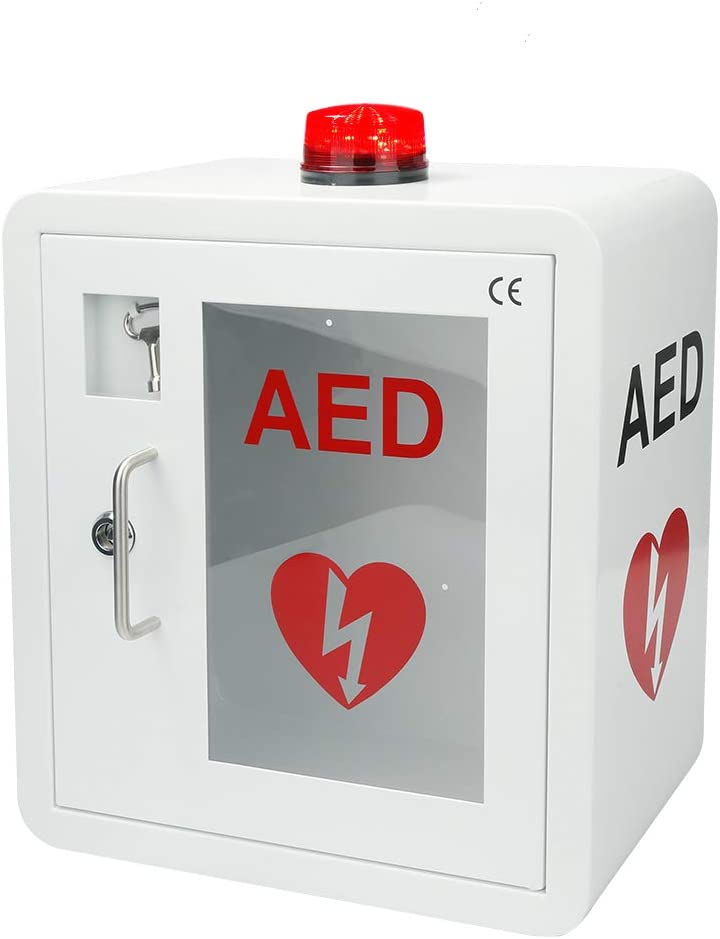Things that can kill you quickly
What everyone should know about first aid
December 27, 2022 · 3 min read
There are things that kill you instantly, like a bullet to the head or a fall from twenty stories. First aid can’t help you there. There are also things that kill you relatively slowly, like a bacterial infection. If you have even hours to live, you can get to the emergency room.
But there is a small class of things that will kill you in minutes unless someone comes to the rescue. There isn’t time to get to a hospital, there isn’t even time for help to arrive in an ambulance. There is only time for someone already on the scene to provide emergency treatment that either solves the problem, or stabilizes you until help arrives. Here, first aid can be the difference between life and death.
Not long ago I became a father. Being responsible for the life of someone so helpless and vulnerable spurred me to finally take first aid training, including CPR. Here’s what I learned from that experience, and what I think everyone should know about first aid.
What most of the things that kill you quickly have in common is that oxygen can’t get to your cells. If you are choking, oxygen can’t get in. If your heart stops beating, blood doesn’t flow. If you have a severe wound, you’re losing that blood rapidly. If any link in the respiratory-circulatory chain is broken, your cells are starved for oxygen and you have minutes to live.
The key first aid skills follow from this: CPR manually substitutes for heart and lung action; the Heimlich maneuver expels an object from the airway; a tourniquet stops life-threatening bleeding (on an extremity, at least—if the wound is elsewhere, there is a different technique, known as packing the wound).
The basic skills are remarkably simple. The course that I took was only a few hours of online instruction, followed by about an hour of in-person demonstration and practice with dummy patients. And I went through a lot of the optional material, including things like stroke, fainting, and jellyfish stings. I’m sure I’m nowhere near as good someone with more professional training or experience, but an introductory course is not daunting.
The most important thing I learned is that if you find yourself in an emergency situation, it is better to do almost anything rather than nothing. Again, if someone stops breathing for any reason, they have only minutes to live. They are dead by default, unless someone intervenes. There is very little you can do to them that is worse than cutting off their oxygen.
In fact, it is probably better to attempt CPR or the Heimlich maneuver than to do nothing, even if you have never been trained and are only guessing, or mimicking what you have seen on television. The skills were fairly unsurprising to me and were consistent with what I expected prior to training. This does not mean that you don’t need to bother with the training, and of course if someone trained is on hand then let them take over. But don’t let the bystander effect paralyze you if someone’s life is ever in your hands.
In fact, the American Heart Association promotes a form of CPR called “hands-only,” in which you only do chest compressions, without giving breaths mouth-to-mouth. Their instructions for this are: “push hard and fast in the center of the chest.” That’s about it. if you only know that, you can do better than nothing.
Similarly, if you can find an AED machine (automated external defibrillator), you do not need training to use it. The instructions are literally: open it and follow the prompts. The parts are clearly labeled, and there is a voice recording that walks you through every step of the process.

In the end, the biggest thing I gained was the confidence to act.
I made an Anki flashcard deck for the course and have been using it to keep my memory fresh. If you do a similar course, you can download my deck from AnkiWeb.
Comment on LessWrong
More essays
These days I do most of my writing at The Roots of Progress. If you liked this essay, check out my other work there.
Copyright © Jason Crawford. Some rights reserved: CC BY-ND 4.0
